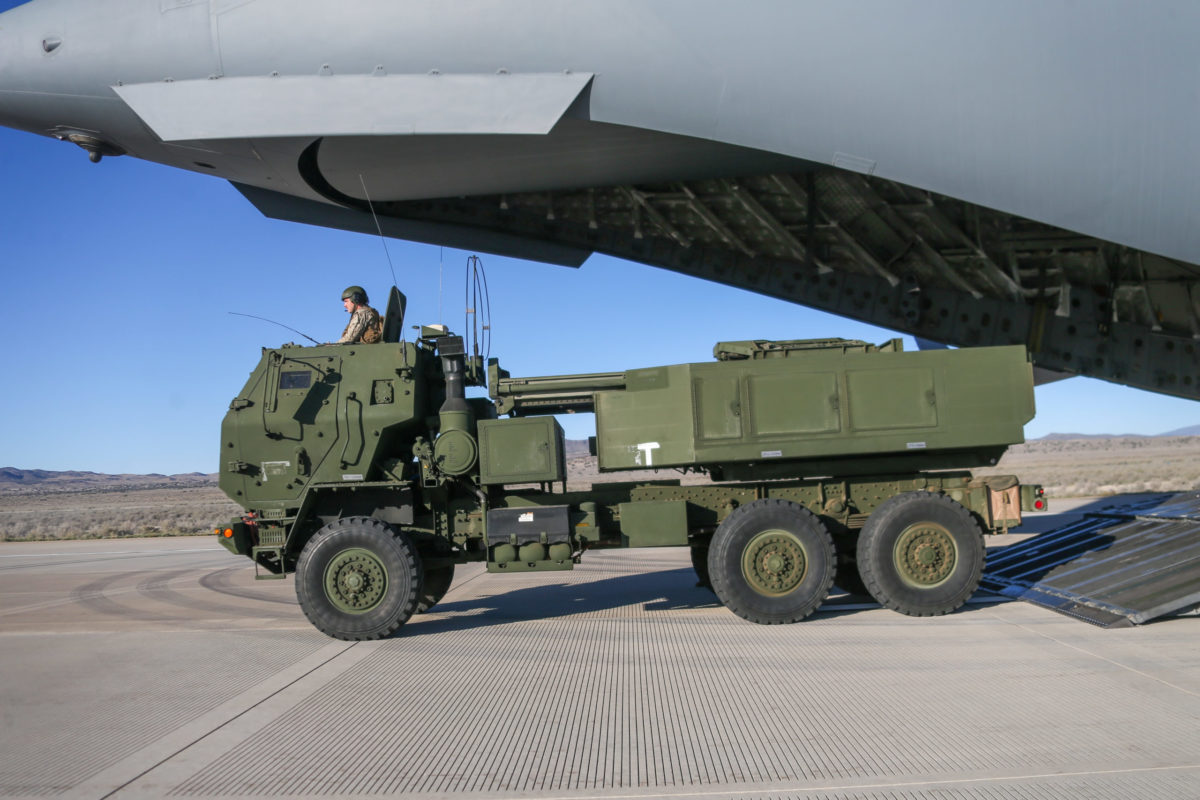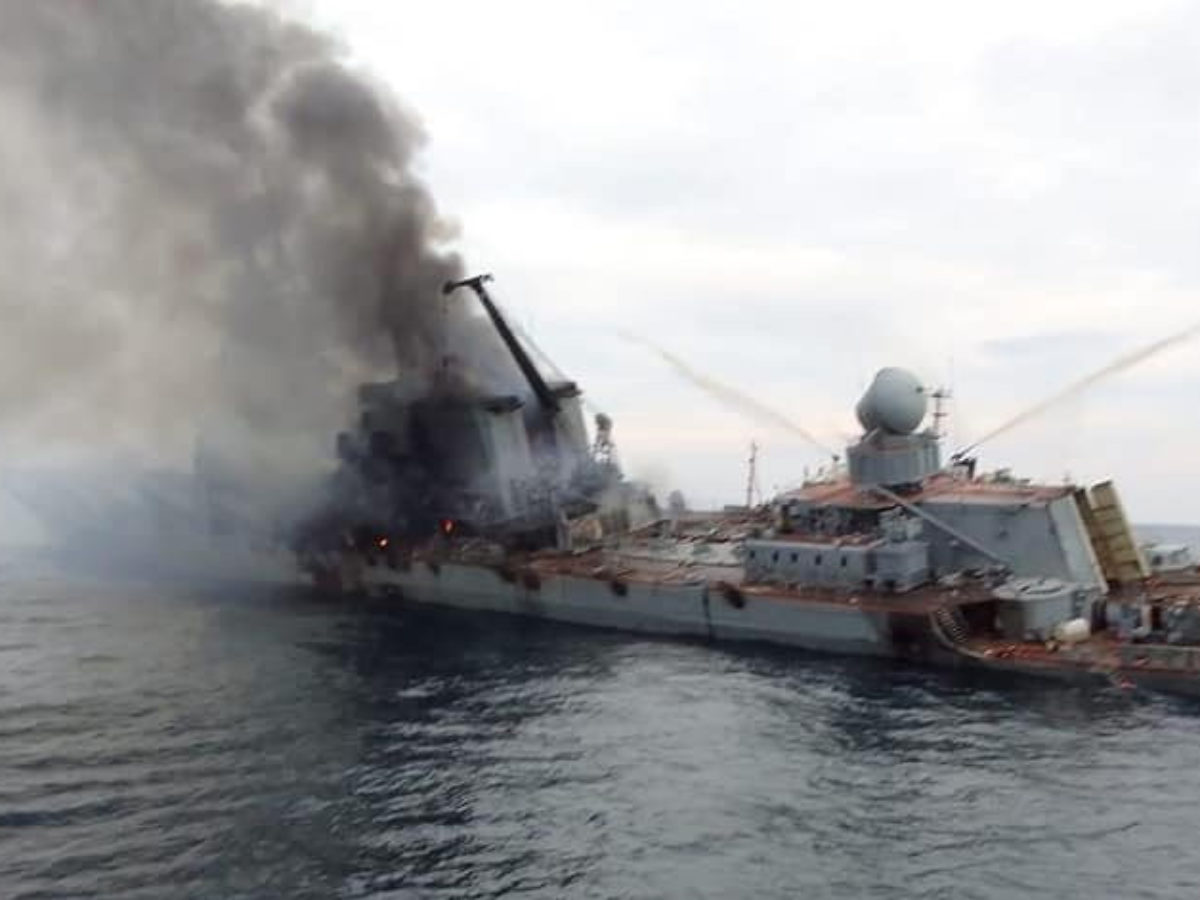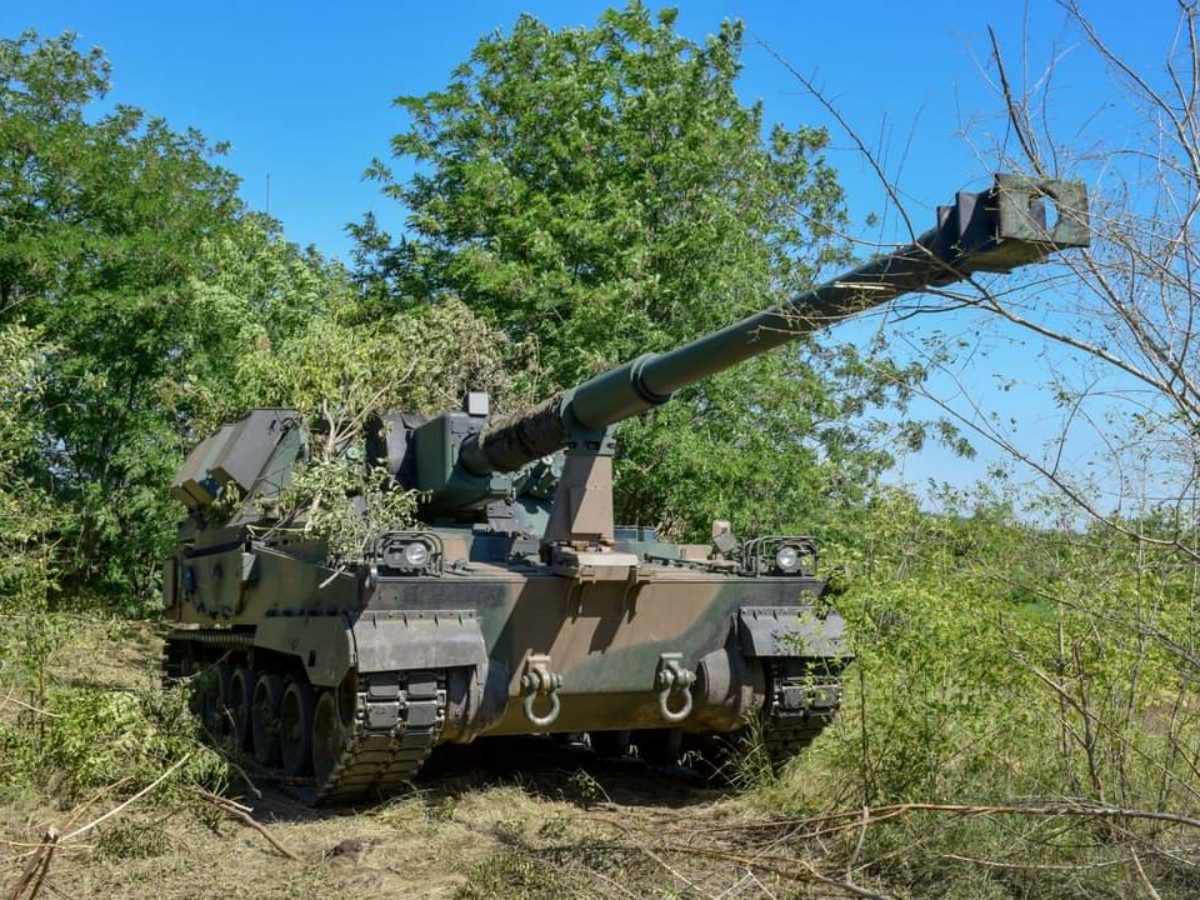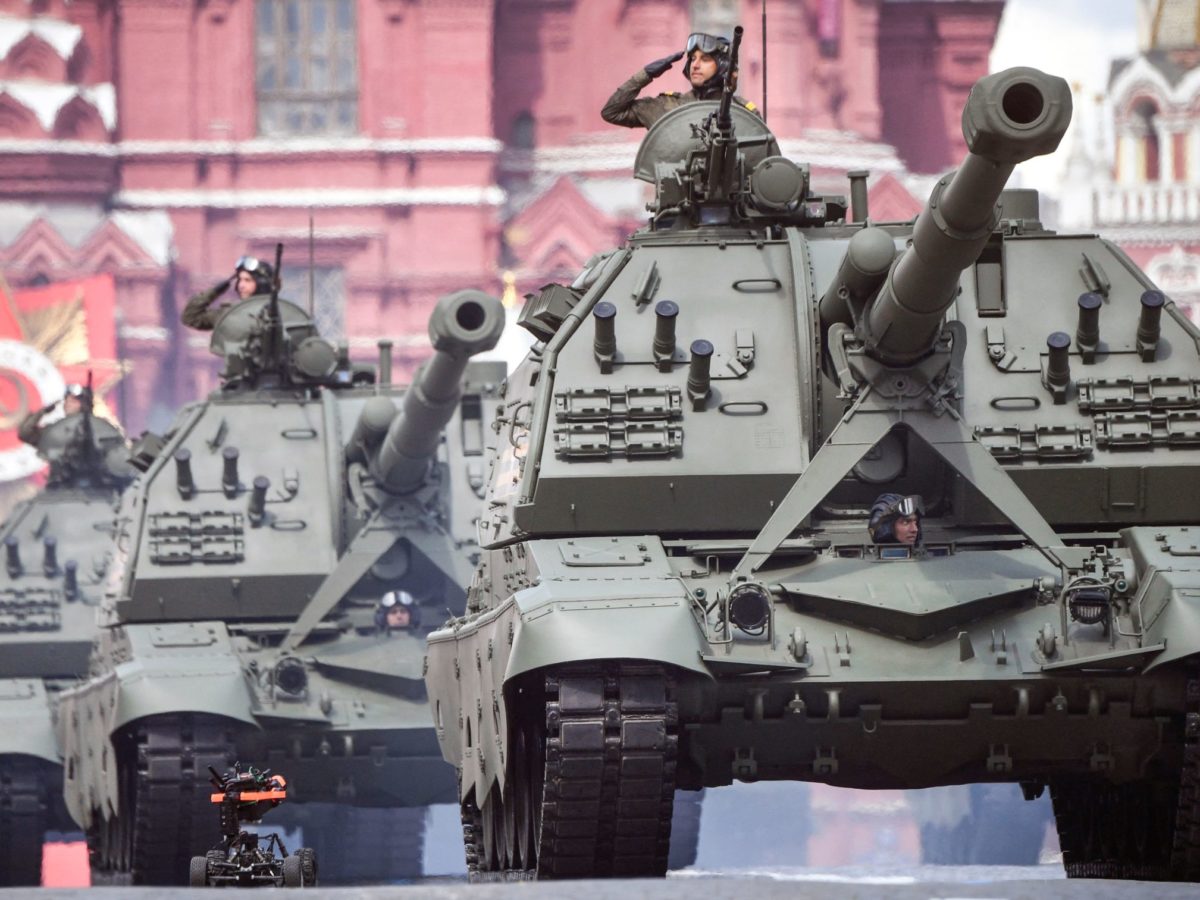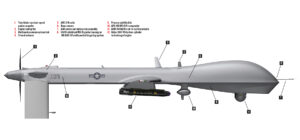If you left all military assets to their own merits when Russia embarked on their “special military operation” into Ukraine on Feb. 23, 2022, it is likely that Ukraine would have been overwhelmed within the first month.
The Ukrainian defenders, however, proved to be as skillful as they were stubborn. They also made the most of the time their resistance bought, convincing the United States and numerous European members of the North Atlantic Treaty Organization to “donate” selected weapons from their arsenals to supplement the Ukrainians’ original stocks of Soviet-made ordnance. As these sophisticated Western weapons trickled in, their technical advantages inflicted such heavy losses as to slow the Russian advance to a grinding crawl. By May, the ground war amounted to a struggle between Ukrainian technical and tactical superiority and the sheer numbers of simpler equipment fielded by the Russians.
The greatest handicap to the Ukrainians was the limited numbers and late arrivals of the Western donations. Among the most coveted weapons whose arrival seemed forever delayed was an American missile launcher designated the M142 but better known as the HIMARS, for “high mobility artillery rocket system.”
GET HISTORY’S GREATEST TALES—RIGHT IN YOUR INBOX
Subscribe to our HistoryNet Now! newsletter for the best of the past, delivered every Monday and Thursday.
HIMARS Stats
Developed during the 1990s and entering military service in 2010, the Lockheed Martin M142 is a wheeled version of the M270 tracked, armored multilaunch rocket system, or MLRS. With a length of 23 feet, a width of 7 feet, 10 inches and a height of 10 feet, 6 inches, its weight totals 35,800 pounds.
Its payload is a pod of six M30/M31 GMLRS rockets, two PrSM missiles or a Lockheed Martin ATACMS missile. These surface-to-surface missiles are navigated by satellite and could travel up to 52 miles with a one-yard deviation to the target — a range and accuracy surpassing those of all its contemporaries. For comparison, the Russians’ Soviet-era BM-27 Uragan (“Hurricane”) 220 mm multiple rocket launcher has a range of 20 miles with a half-mile margin of error. Although it only holds one missile pod, rather than the two on the MLRS, the more agile HIMARS is designed to “shoot and scoot,” regularly changing positions at a speed of up to 53 mph — in addition to which it is air-portable.
This performance does not come cheap: Each system costs $5 million dollars to produce. Self-preservation in the field for the weapon and its three-man crew favors night launchings, and even they produce a tell-tale flareup that required constant changes of position. This is aided by the vehicle being ready to move two minutes after launch.
HIMARS Service History
The M142 entered service in 2010, supporting NATO forces in Afghanistan, as well as the Turkish army, Syrian Democratic Forces and Iraqi government troops fighting the Islamic State in Syria and Iraq. On Oct. 21, 2010, The New York Times reported a HIMARS unit active in a battle in Kandahar that ended with Taliban leaders retreating to Pakistan — although they would return. On May 24, 2018, an M142 unit landed three missiles in a building in Musa Qala in 14 seconds, killing 50 Taliban fighters holed up inside. By the time the Afghan war officially ended in August 2022, the overall American effort was a failure, but the HIMARS units had logged a total of a million operational hours and maintained an operational readiness rate of 99%.
With all the murderous efficiency it has to offer, the HIMARS was high on Ukraine’s shopping list, alongside the Javelin and NLAW antitank missiles and the M777 and CAESAR howitzers. Besides the weapon’s expense, however, its exceptional range adds a political dimension by striking Russian soil and potentially escalating the war. After two months of negotiating in which Ukraine assured that it would use the weapons exclusively for home defense, the first four M142s arrived in Europe in June 2022, as part of a $700 million aid package. Since the manuals were U.S. Army issue, the Ukrainian crewmen who did not speak English spent their two-week training periods in hands-on familiarization, ready to jot selected instructions down on notebooks.
The four M142s and their crews deployed to Ukraine on June 25, with the announced priority of being used against Russian command posts in warehouses and other static positions. Soon afterward, the Ukrainians reported using the missiles at such a C.P. in Izyum, killing 40 Russians, including a senior officer identified as Col. Andrei Vasilyev.
A subsequent journalist’s visit to the front included an M142 whose crewmen had made themselves at home with a scantily clad woman, an air freshener, rosary beads and three black skulls representing Russian targets destroyed. “We actually have six,” the system chief, identified only as “Kuzya,” told The Washington Post. “We just haven’t had a chance to add the other three yet.”
Recommended for you
Subsequent Ukrainian reports have so far indicated that Russian defenses are not proving effective against the long-ranging HIMARS, and on July 12, Serhiy Bratchuk, a spokesman for the Odesa regional military, announced the “liquidation” of Maj. Gen. Artyom Nasbulin, chief of staff of the 22nd Army Corps, when HIMARS missiles struck his headquarters in the Kherson region. If confirmed, he would be the ninth Russian general officer killed in action since Feb. 24, 2022.
As of June, four more M142s have been pre-positioned in Europe as part of a follow-up $450 million American aid package, ready to train a second iteration of crewmen. The Ukrainian military has declared a need for at least 100 HIMARS and other long-range ordnance if it were to have a prospect of defeating the Russians. That number will not be immediately forthcoming, but on July 21, U.S. Secretary of Defense Lloyd J. Austin III has pledged another four HIMARS. Earlier that week, Russian Defense Minister Sergei Shoigu ordered his generals in Ukraine to place their highest priorities on destroying the enemy’s long-range missiles and artillery.
It would seem, then, that the first HIMARS, few though they are, have made their presence known. As with its stablemates, the M142 will be pitting its outstanding battlefield performance and the skill of its crews against the raw massed numbers of its opponents … with the final outcome yet to be decided.
historynet magazines
Our 9 best-selling history titles feature in-depth storytelling and iconic imagery to engage and inform on the people, the wars, and the events that shaped America and the world.


